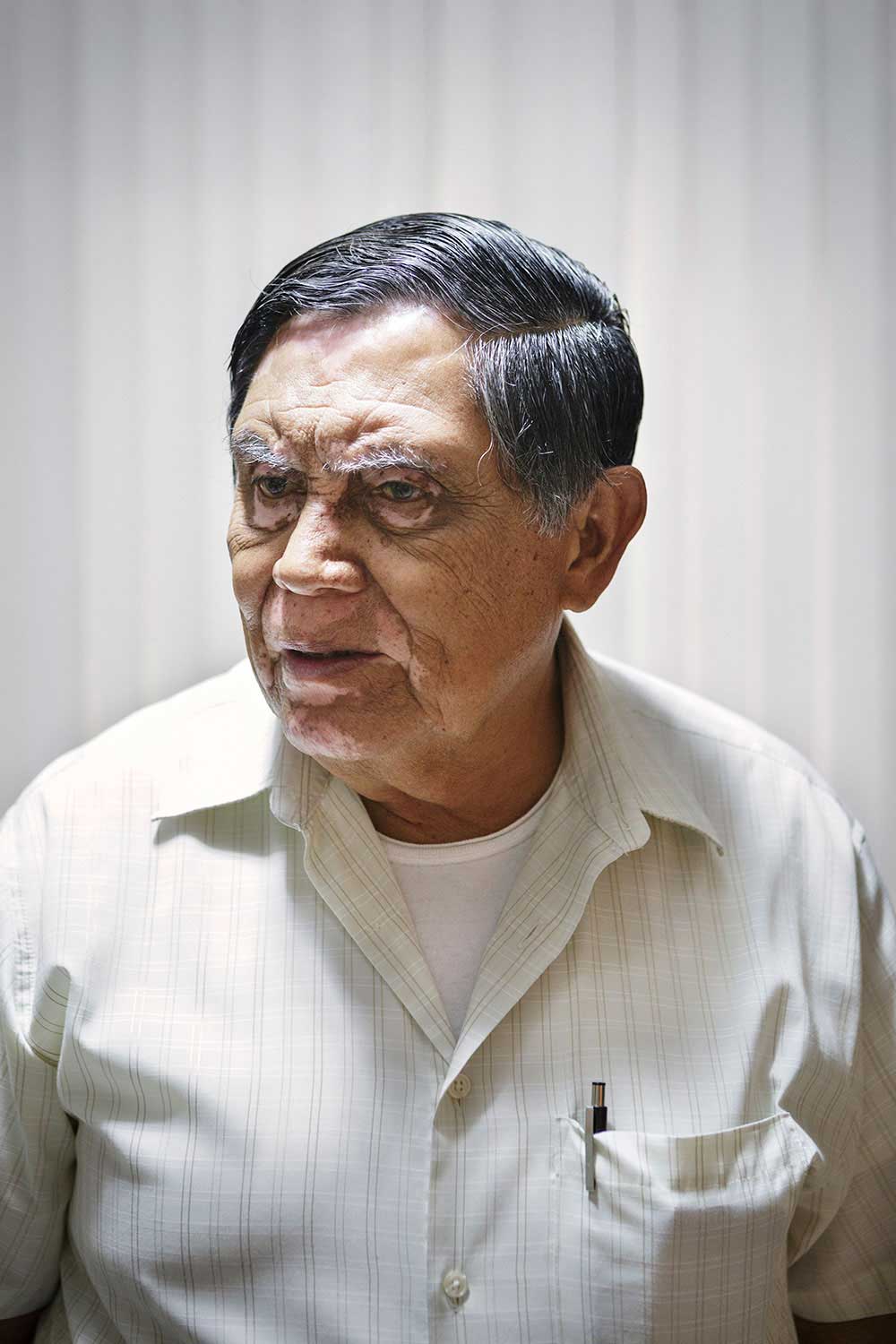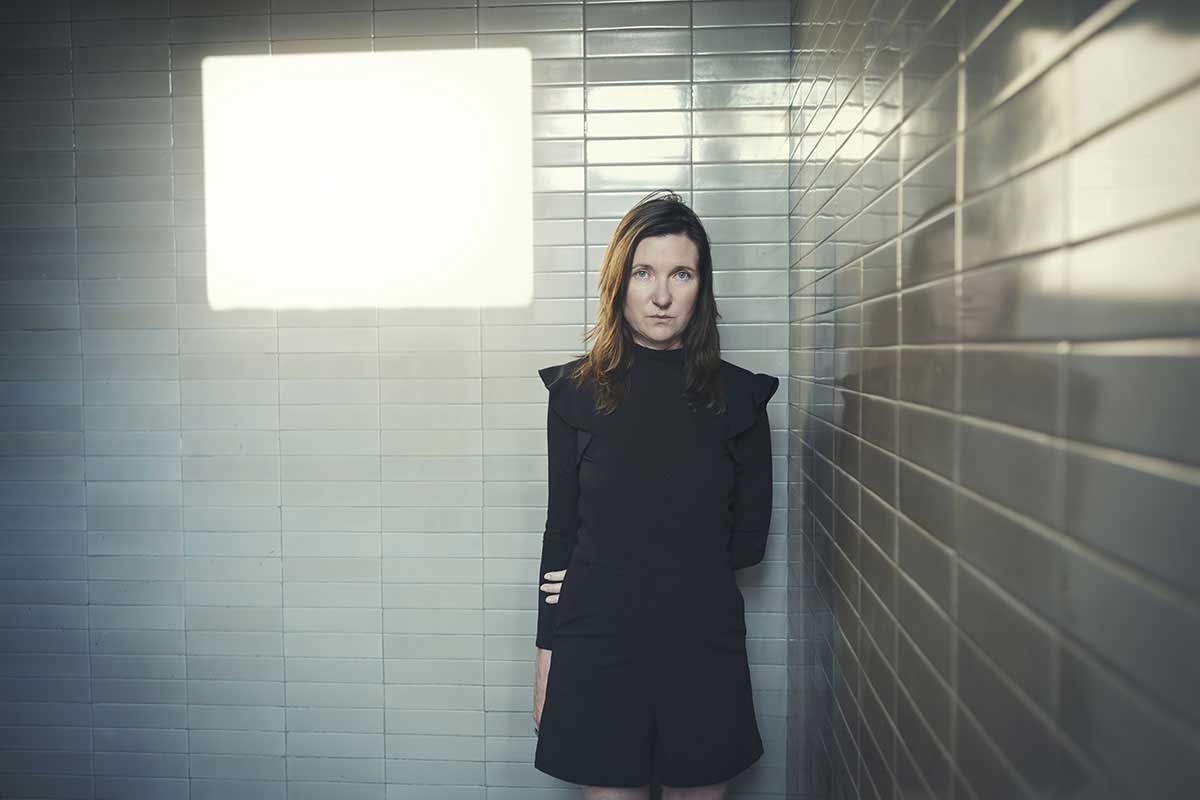Annick Donkers is a documentary photographer from Antwerp, Belgium who currently lives and works in Mexico City. After obtaining a Masters’ degree in Psychology, she decided to specialize in photography.
She has received a grant from the Mexican Ministry of Foreign Affairs in 2008 and was selected to participate in the 2008 Seminar on Contemporary Photography at the Centro de la Imagen in Mexico City. Her work has been published (VICE, Dodho, Phases Magazine, Yet Magazine, All About Photo amongst others) and exhibited internationally (Benaki Museum Ahens, Fotomuseo Cuatro Caminos Mexico, Somerset House London, Museo Universitario del Chopo Mexico, Mexican Embassy and Embassy of the USA in Brussels amongst others).
She was one of the winners at the Survival International Competition (UK – 2015), won an award at the San José Photo Festival (Uruguay – 2016), the Sony Awards (UK – 2016), the MIFA awards (Russia – 2016), the IPA awards (USA – 2016), the TIFA awards (Japan – 2016), received an honorable mention at the Px3 Prix de la Photo (France – 2016), was selected at Latin American Photography vol.5/vol.6/vol.7 (USA – 2016-2017-2018) and for the cover of Dodho magazine (Spain – 2016). She was on the Shortlist for the Kolga Awards (Georgia – 2017) and Athens Photofestival (Greece – 2017), received the Premio Pedro Meyer at the Contest for Contemporary Photography (Mexico – 2017), an honorable mention at ND Awards and Chromatic Awards (2017), was the winner of the 2017 Color Prize of Dodho Magazine and the IPOTY Awards (2018), selected at Addis Fotofest (Ethiopia – 2018), Fotofestival Pelt (Belgium – 2019), Shortlist Belfast Photofestival (Ireland – 2019), Shortlist Solo Expo PHest via PHmuseum (UK – 2019), Nomination International Color Awards (USA – 2019), Selection Athens Photofestival (Greece – 2019), Selection Women Grant via Phmuseum(UK – 2019), Nomination International Photography Grant (2019), Selection Addis Fotofest (Ethiopia – 2020), Nomination International Color Awards (USA – 2020). [Official Website] [Print Edition]
Let’s begin with your initial encounter with the ‘International UFO congress in Phoenix’. An event that aims to bring together a multitude of people who believe in the existence of alien life. Before I even begin to discuss the images themselves, you mentioned that it was like entering a new universe, ‘A subculture where spaceships, contacts by creatures from other dimensions, space travel and abduction are part of the believer’s reality’. Could you elaborate on your experience within this event and was this the initial trigger for your interest in creating a project about alien life?
The motivation for my story was a personal experience I had at the age of 10. I was raised at the Flemish countryside in the province of Antwerp. I remember that one cold December night, I was walking back home from a friends’ house with my mom. I was always watching the stars because my dad taught me so. I saw this light moving, coming from the south and going in north western direction. It looked like a star but in movement. We walked further along the road and I saw the star was still moving. When we arrived in front of our house, I looked up again and saw that this ‘star’ was now an object. It wasn´t an airplane because it had an oval shape and I could see the metallic grey color. There were also windows or lights around and what impressed me the most was that there was no sound at all. My dad gave me this book called “Chariots of the Gods” by swiss amateur archeologist Erich Von Däniken. I was reading about the Nazca lines and the Mexican pyramids at the age of 10 so my friends thought I was kind of strange.
Since I live in Mexico City and work as a photographer I have been interested in beliefs. Recently I am more passionate about the more magical beliefs. I was looking for more stories so at some point I was thinking back about this experience I had at the age of 10. So, I decided to do a series about believers with interesting stories. I heard there was a big UFO conference happening in Phoenix so I thought it was a good idea to start my research there. I thought that if I would share my story, people would open up and share their own stories. But this wasn´t true at all. I felt there was a lot of mystery and secrecy surrounding the event and an always underlying fear for not being taken seriously.
They even had closed rooms where people felt safe to share their – sometimes scary experiences – under the guidance of a therapist specialized in abduction matters.
So back home in Mexico City I decided to start my journey here and look for contacts. I went to visit Jaime Maussan, Mexico’s most famous UFO journalist and then contacted the director of MUFON Mexico, Ruben Uriarte, who put me in contact with a lot of his contacts. So, this way it was easier for me to interview people and I could finally start my series.
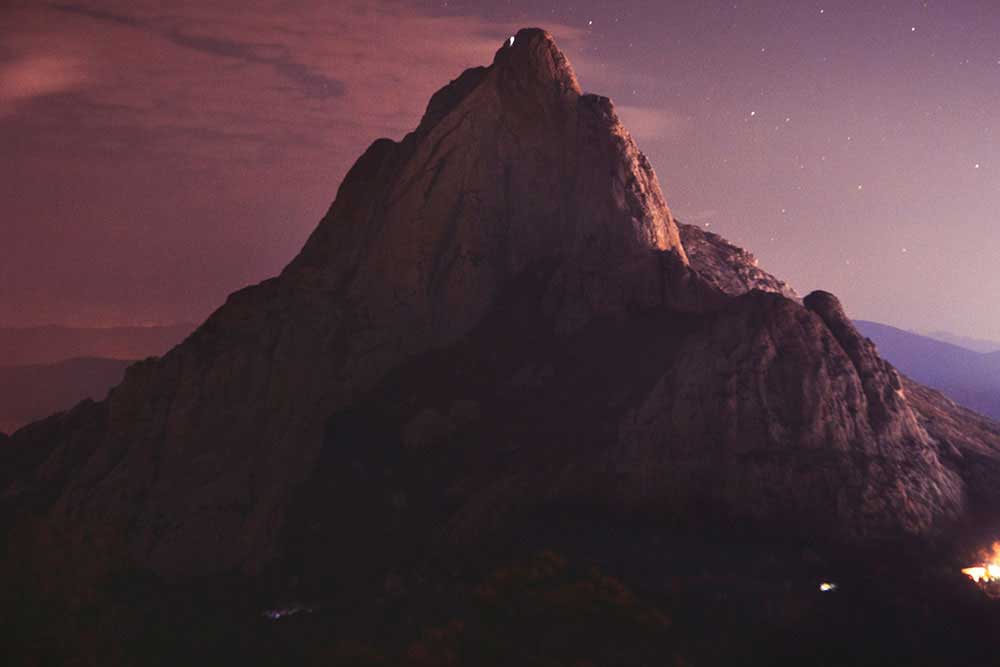
Being a landscape photographer, I was of course very interested in the many landscape images that were part of this collection of photographs. One image in Particular titled: ‘Whirlwind on the road in Texas’ caught my eye. In many science fiction films, we are presented with the reality of an alien landscape as ‘barren’ or ‘desolate’. An environment that is somewhat unforgiving of course adds to the action pact scrips of films like ‘Interstellar’ and ‘Blade Runner’. Is the idea of capturing these barren landscapes an extension of the ‘unknown’ and somewhat ‘scary’ perception of alien worlds?
I took this picture while driving a rental car from El Paso to Marfa. Somewhere between Van Horn and Marfa I saw this impressive sight of a whirlwind. I am quite fascinated by the desert, for me it is so different from what I am used to. I decided to include this picture in my series although it is not a specific ufo site, for me the whole desert is kind of magical, where you can image these things could happen. Later in my research it all made sense. Several people I had interviewed had talked about the Bible and especially the part of Ezequiel where he describes his vision. Many believers see this as a proof of the existence of ufo’s. In other texts I found that what Ezequiel saw was in fact a whirlwind. Another person told me that UFO’s are often hidden inside whirlwinds so this picture made completely sense to her.
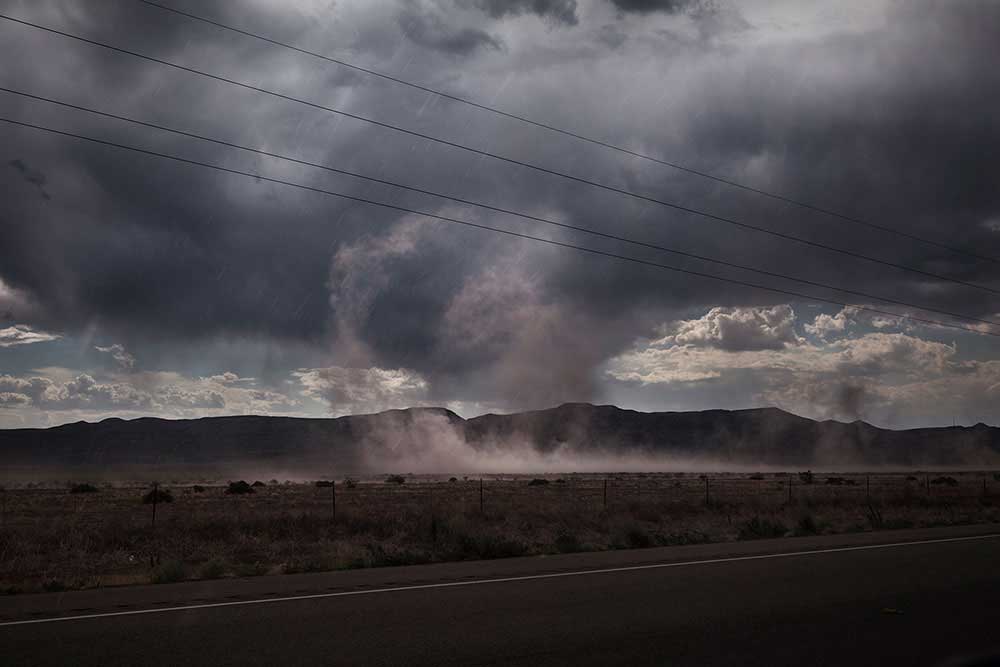
When we think about a community that believes in subjects like Alien life and conspiracy theories revolving around this topic we sometimes associate these individuals with an extremist way of viewing a particular part of life. The irony being that the rest of us find this way of thinking about alien life, well… ‘Alien’. Could you possibly tell us a little about your conversations with those individuals from the ‘International UFO Congress in Phoenix’. And possibly some of the stories that they might have shared with you regarding the notion of life outside planet earth?
Yes, maybe all these stories they tell me sound quite weird but I want to gather the stories they tell me without judgement because finally it is all about their experiences.
When I went back to the Phoenix International UFO Congress last year, I could already make some contacts in advance. I was especially interested in abduction and wanted to understand the psychology behind. According to the Roper Poll survey, 4 million persons think they have been abducted and this is in the States alone. So, I was quite curious about that. I talked to Kathleen Marden, a MUFON investigator and niece of Betty Hill. The Betty and Barney Hill case is the first widely published report of alien abduction in the United States. Kathleen mentioned me that abductions in the beginning were rather arbitrary; aliens picked out people randomly in rural areas or on abandoned roads. But that they became more interested in the offspring of the abductees and then their grandchildren. Kathleen told me that she and her mother had been abducted several times.
I also talked to a man selling what he called MADAR, an application that you can connect at home and that will warn you when there are anomalies in the geomagnetic field, so you would have a higher change of taking that picture of a UFO.
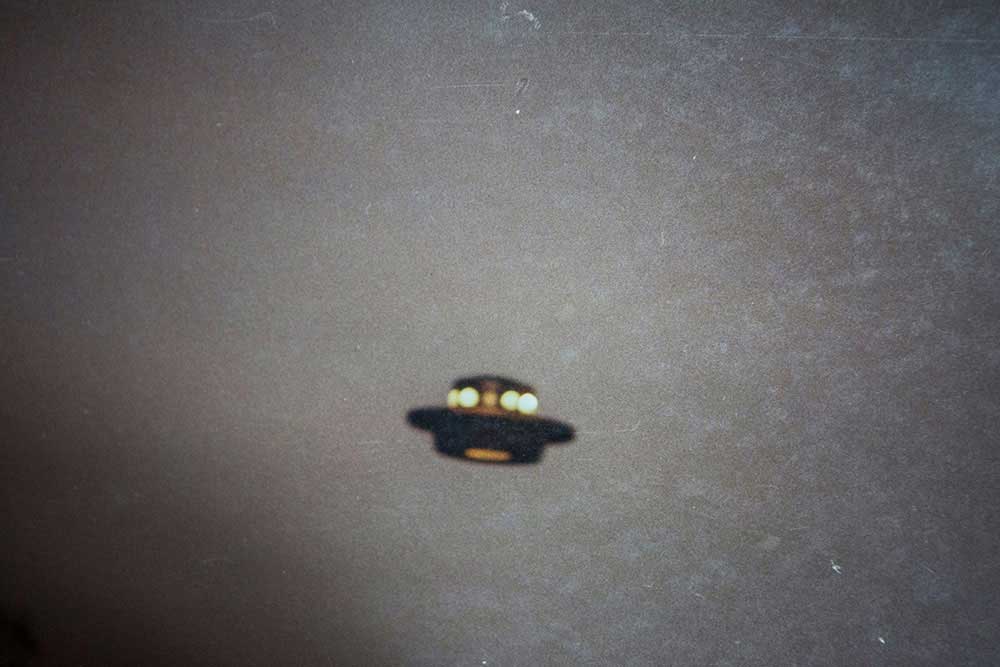
In your project brief you stated that: “is an ongoing series about the belief in alien species and how people construct their own world and perceptions”. The latter portion of this statement is what interests me as it relates to the empty streets and desolate cities found throughout your collection of images titled: ‘COVID-19 Pandemic’. It is both fascinating and scary to think that busy cities have now become barren landscapes and the idea of the ‘alien’ landscape came true to a certain extent… Is there a possibility that we will see you merge both projects together and combine how people construct their own world and perceptions with regards to the virus itself?
I don´t think there is really a link between the series about the pandemic and this series about believers. I started the series of the pandemic more out of frustration because I felt locked inside the house, felt alone and wanted to take pictures again. So I started to take pictures of friends living close by.
Could you possibly tell us a little bit about the story behind ‘Jessica’s abduction experience’ and how you came about to photograph her in such a way? Out of all the images in this series, I found this photograph to be the most intense visually.
I met Jessica through a mutual friend and UFO researcher. I first met up with her for a drink in the city center. We talked a couple of hours about her experience. She wanted to participate but didn’t want to show her face. She told her story, that she went to bed and woke up quickly. She saw 3 grey aliens in her room, 2 at the end of the bed and one under her. She talked also about a device in the room with blue lights on it that was scanning her body. She couldn’t move nor speak during this whole experience so that scared her. When the aliens left, the room was illuminated with a red light. So that is how I got this idea of taking her picture in a red illuminated room. I started taking pictures of her sitting on her bed. But then she told me she wanted to show me the exact position while she was lying in the bed. So, that is how I ended up with this picture.
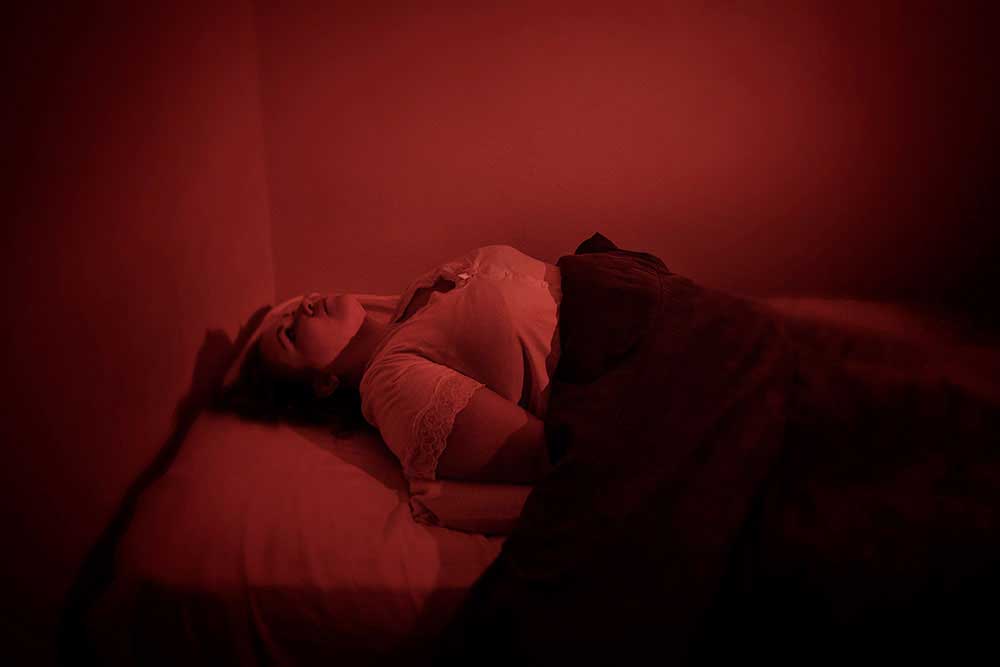
Concluding this interview, could you tell us a little bit about your current situation, are you planning on travelling soon or continuing this project further? If so, are you most likely going to further this documentation in Mexico City, or travel to various other conventions and meet more people who believe in Alien life?
I haven´t been able to take more picture for this series because every interview implies travelling within or outside the city and because of covid I didn´t feel very secure to do that. I am currently working on a photobook. I started a workshop called “incubadora de fotolibro” last year in collaboration with Hydra, a photo center in Mexico City. I hope to have my final dummy in the next month. And I am already thinking about several other series related to the same theme.
